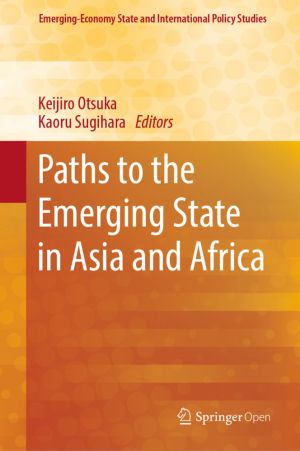- Регистрация
- 27 Авг 2018
- Сообщения
- 37,366
- Реакции
- 526,856
- Тема Автор Вы автор данного материала? |
- #1

This book addresses the issue of how a country, which was incorporated into the world economy as a periphery, could make a transition to the emerging state, capable of undertaking the task of economic development and industrialization. It offers historical and contemporary case studies of transition, as well as the international background under which such a transition was successfully made (or delayed), by combining the approaches of economic history and development economics. Its aim is to identify relevant historical contexts, that is, the 'initial conditions' and internal and external forces which governed the transition. It also aims to understand what current low-income developing countries require for their transition. Three economic driving forces for the transition are identified. They are: (1) labor-intensive industrialization, which offers ample employment opportunities for labor force; (2) international trade, which facilitates efficient international division of labor; and (3) agricultural development, which improves food security by increasing supply of staple foods. The book presents a bold account of each driver for the transition.Keijiro Otsuka is Professor of Economics, Kobe University and Kaoru Sugihara is Specially Appointed Professor of the Research Institute for Humanity and Nature.
DOWNLOAD:



